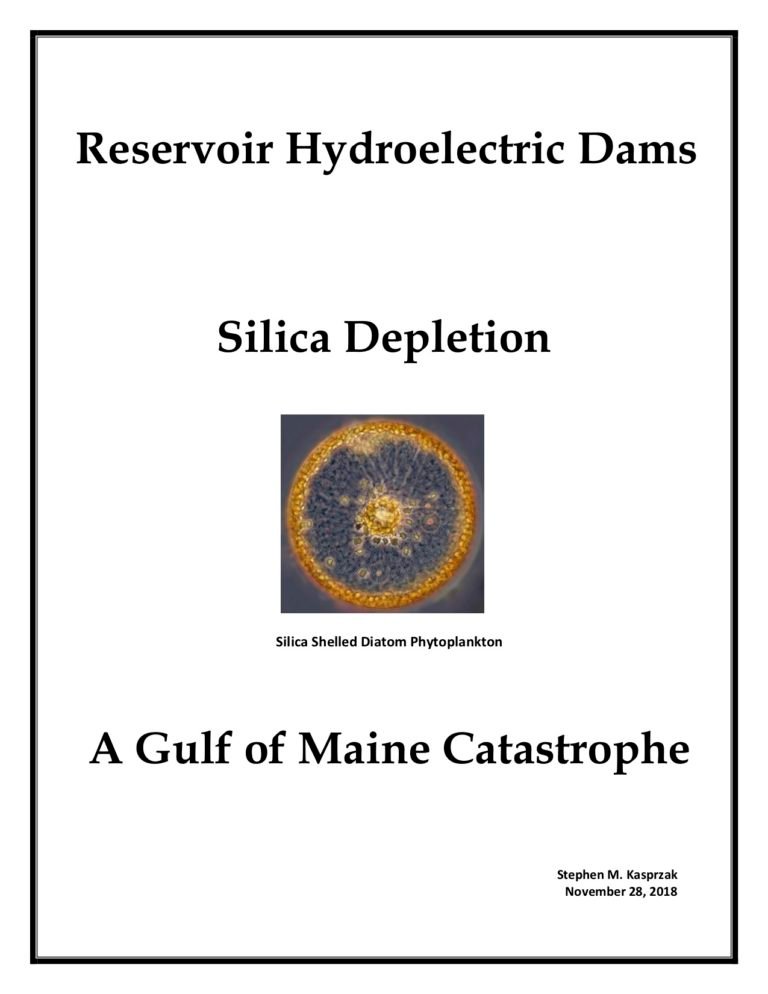Weather stations, located upwind from southwest Greenland, document an extreme
tipping point in 1993 along with earlier ones in 1970 and 1980. These tipping points
coincide with the building of Arctic mega power stations (AMPSs) in Manitoba’s Nelson
River and Quebec’s James Bay Hydroelectric Projects between 53 and 57 degrees
North. It appears that the 1949 Soviet hypothesis to use water vapor emissions, a
powerful greenhouse gas, to increase atmospheric humidity has also come to fruition
in northern Quebec with the buildup of these AMPSs and their resulting domes of
moisture emissions (DOMEs) in Hudson Bay’s watershed. The weather data provides
compelling evidence corroborating the Soviet hypothesis of a causal relationship
between the summer evaporation from AMPs colossal reservoirs and my hypothesis
that the summer and winter evaporation from the regulated discharges is another major
driver increasing precipitation and temperatures. The fact that the 1993 Brisay AMPS
and Caniapiscau Reservoir are both upwind and in such close proximity to Greenland,
makes their summer and winter DOMEs the driving mechanisms warming the region
and melting Greenland’s glaciers and raising sea levels. This extreme 1993 tipping
point began with the 1985 diversion of an estimated 45 percent of the waters of the
north flowing Caniapiscau River into the west flowing La Grande River. The 1993 Brisay
AMPS regulates the discharge of Caniapiscau Reservoir water, which now flows
through the 5 AMPSs and 2 HPPs downstream on the La Grande. This has greatly
magnified the “positive feedbacks” of the moisture laden atmospheric blankets created
by the summer and winter DOMEs from each of these 7 hydroelectric facilities.



